Nestled in sunflowers across North America live caterpillars that perfectly match their hosts. At their littlest, caterpillars in the Stiria family have tiny bumps on their backs that resemble the innermost portion of the sunflower. As they grow, they shed their skin to reveal a body that looks more like a brown disk to similar to the center of the sunflower. They may even have yellow spots to better mimic the flower.
“And then when the caterpillar gets bigger, it goes to a place with a little more real estate,” says Kevin Keegan, insect collections manager at the Carnegie Museum of Natural History. “So in its larger stages, it’s yellow and it stands or sits on the sides of the flower with the yellow sunflower petals.”
Even then, it’s not done. The caterpillar’s final stage before becoming a moth that pollinates nearby plants is to turn brown once again, this time to match the flower as it goes to seed.
“And none of them have common names,” Keegan says. “They’re just the most amazing things that I’ve ever seen.”
The caterpillar depends completely on its host sunflower. No sunflower, no caterpillar. And maybe more importantly, as the timing of flowering changes, which many are as the climate changes, the caterpillars no longer match or can access parts of the flower it needs, resulting in fewer moths.
Like many caterpillars and the moths they become, they face a seemingly impossible series of threats from climate change and pesticides to land use changes, loss of host plants and even increasing artificial light.
But in the midst of stories about biodiversity loss and devastation are intimate portraits of moths with 11-inch tongues, plants that evolved to accept pollination from only one type of moth, and a seemingly infinite variety of species in one of the largest orders of insects on the planet.
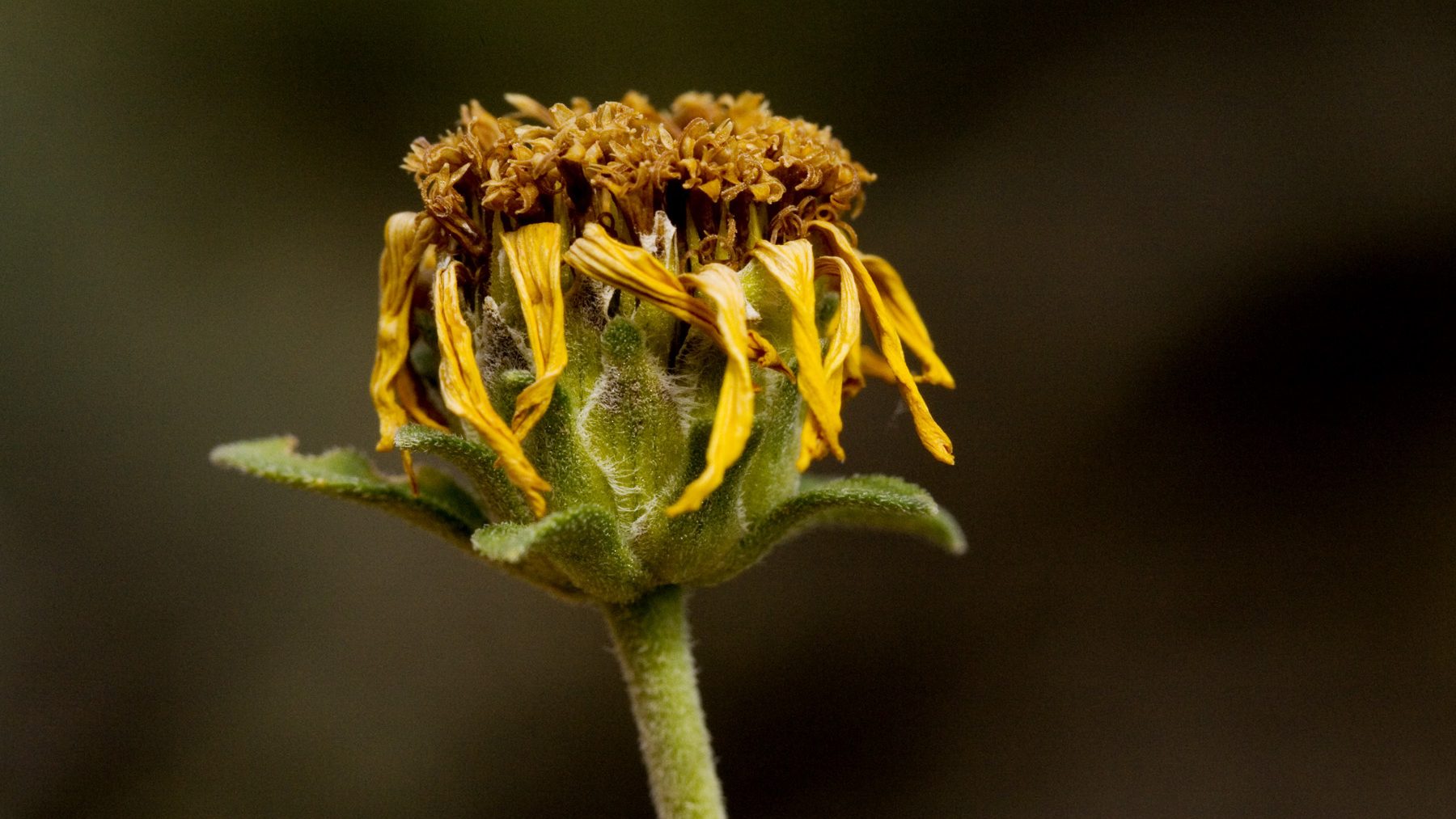
Aerial Plankton
We share the planet with more than 150,000 recognized moth species, though likely another 150,000 or so, give or take, remain undescribed. There are likely tens of thousands of smaller species, called micromoths, as yet undescribed. Many of these species feed birds and bats like some form of “aerial plankton,” says David Wagner, a University of Connecticut entomologist and one of world’s leading caterpillar experts.
Moths lay often-microscopic eggs that turn into caterpillars feasting mostly on leaves, grass, fruits, fungi and flowers.
“Not until very recent history we’ve gotten to see just how important caterpillars are as herbivores,” says Christian Connors, an ecology, evolution and conservation biology PhD student at the University of Nevada, Reno.
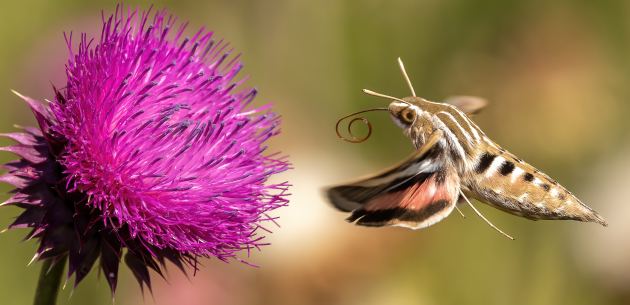
They strip trees of leaves and convert biomass into nitrogen and other compounds that go back into the soil. They’re also a critical source of food for animals.
Ultimately, they transport more energy and nutrients from plants to other creatures across the tree of life than any other animal, Wagner says.
“Even though we think of caterpillars as a pest or hinderance to a host plant, they’re so important to the ecosystem,” he says. “If you don’t have caterpillars and moths, you will have a severe reduction in the songbird population, which will make a much less enjoyable world, not to mention a less functional world.”
Out of the hundreds of caterpillars one moth might produce, few survive to metamorphose into moths. But those that do provide a critical service both as food for nighttime predators and as pollinators, often evolving to be the only ones that can get the job done.
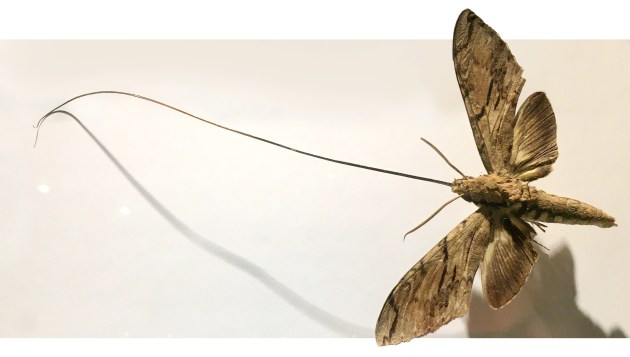
No Moth, No Orchid
In 1862, someone sent a strange new orchid from Madagascar to Charles Darwin. “Upon seeing its long, narrow nectar tube, he predicted that there must be an insect with a very long proboscis (a tongue-like part) that could reach deep within the hollow space to “drink” the nectar at the bottom,” according to the New York Botanical Garden.
Decades later, someone discovered the hawkmoth, a species with an 11-inch-long probiscis co-evolved exactly to accomplish pollinating the orchid.
Without that species of hawkmoth, the orchid sent to Darwin couldn’t exist. While it’s likely the most famous example of a plant depending on pollination from one moth, it’s far from the only one. Every species of yucca in North America, including the famous Joshua Tree, requires pollination exclusively from yucca moths.
No yucca moths mean no yucca trees with their beautiful white flowers. Why do some plants evolve to depend on one species of moth for pollination? A difference in strategy, says Keegan.
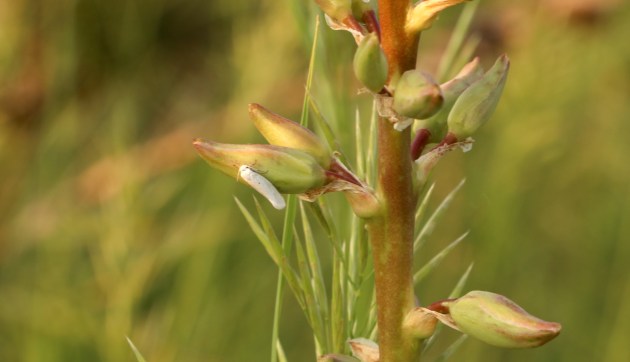
Take a plant like clover. It’s a pretty, little flowers are easy for many species to pollinate. The dandelion evolutionarily decided to depend on quantity – enough species pollinating it will surely result in its pollen reaching other dandelions for reproduction.
Plants like the star orchid or yucca, on the other hand, went with the fidelity approach.
“They have to compete with other plants in the environment for their food, so some plants need to be sure their hard-fought resources are used within their species and go toward proliferation,” Keegan says.
That’s some serious anthropomorphizing of plants, Keegan qualifies, but it’s a human explanation for why some plants have become singularly dependent on certain moth species.
And no matter how many species of moths flowers need to reproduce, or what kinds of plants caterpillars need to survive, the relationships forged over thousands if not hundreds of thousands of years are important for their future and ours.
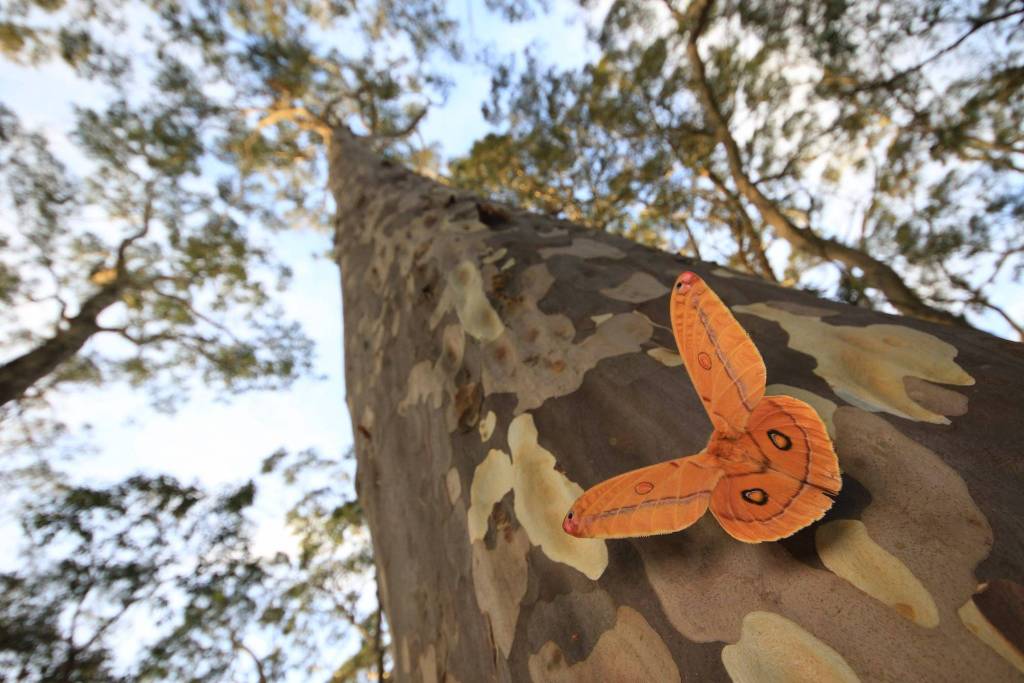



Thanks, Christine!
Now I have to go google Stiria moths and hope there might be some photos (maybe not?). I have a long-time fascination with the hawkmoths and 5-lined sphinx moths. I spent one late summer near Stanley, NM watching an irruption of their caterpillars as they came out of the ground to eat prostrate spurge in the heat over the course of several days. This particular subgroup were all bright yellow lavishly striped in black; I’m sure they were advertising their unpalatability to birds. Then they dug themselves back into the ground to pupate. I, of course, went on to other things.